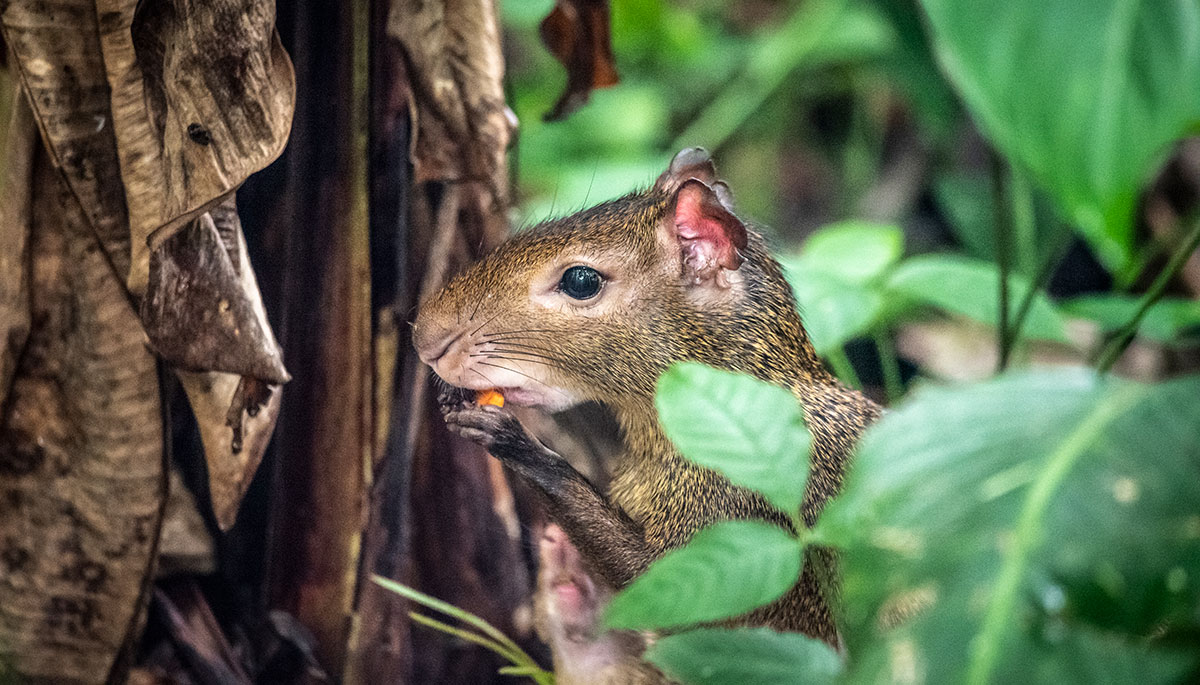Rodents, rainforest loss, and disease: Is there a connection?

Clark geographer Florencia Sangermano is working with collaborators in Brazil to examine how habitat and biodiversity loss in the rainforest could affect rodent populations, possibly leading to the transmission of infectious diseases to humans.
Funded by the National Science Foundation, the research team — Sangermano; Paula R. Prist of EcoHealth Alliance; and Leandro Reverberi Tambosi of Federal University of ABC in Brazil — also is examining whether restoring the forest could improve “biodiversity networks” — the interconnected world of diverse plant and animal species — that, in turn, might benefit human health, explains Sangermano, assistant professor of geography.
Working out of the Geospatial Conservation Lab in Clark’s Graduate School of Geography, Sangermano is creating digital maps that indicate how land and rodent populations in the Brazilian Atlantic Forest — which lies east of the Amazon — could change over the next 10 years, leading to increased health risks for humans.
“Our hypothesis is that a degraded ecosystem will have more diversity of rodents that carry a larger number of viruses known to pass to humans,” she says. “Now humans are moving to these areas where they can come into contact with these rodents.”
Scientists have continued to focus on “spillover risks” since the COVID-19 pandemic, which, according to some studies, started with sickened animals.
“The COVID-19 outbreak has shown us firsthand what is at stake,” according to EcoHealth Alliance. “EHA’s work in Brazil is designed to prevent exactly this kind of pandemic.”
Fragmented landscapes such as that in the Atlantic Forest “are hotspots for human-animal contact and can affect pathogen transmission patterns,” the scientists point out. “In fact, land-use change can be linked to more than 40 percent of emerging infectious diseases.”
In particular, the Atlantic Forest “hosts a large diversity of rodents, who are the “most important hosts of infectious diseases worldwide,” they add.
Using satellite data to project changes in land cover and rodent populations, the scientists are examining whether any alterations — such as restoring habitats and increasing biodiversity — could lead to more positive outcomes, with fewer disease risks for humans.
“Healthy biodiversity systems,” Sangermano notes, “have healthy animals and, in turn, healthy humans.”


